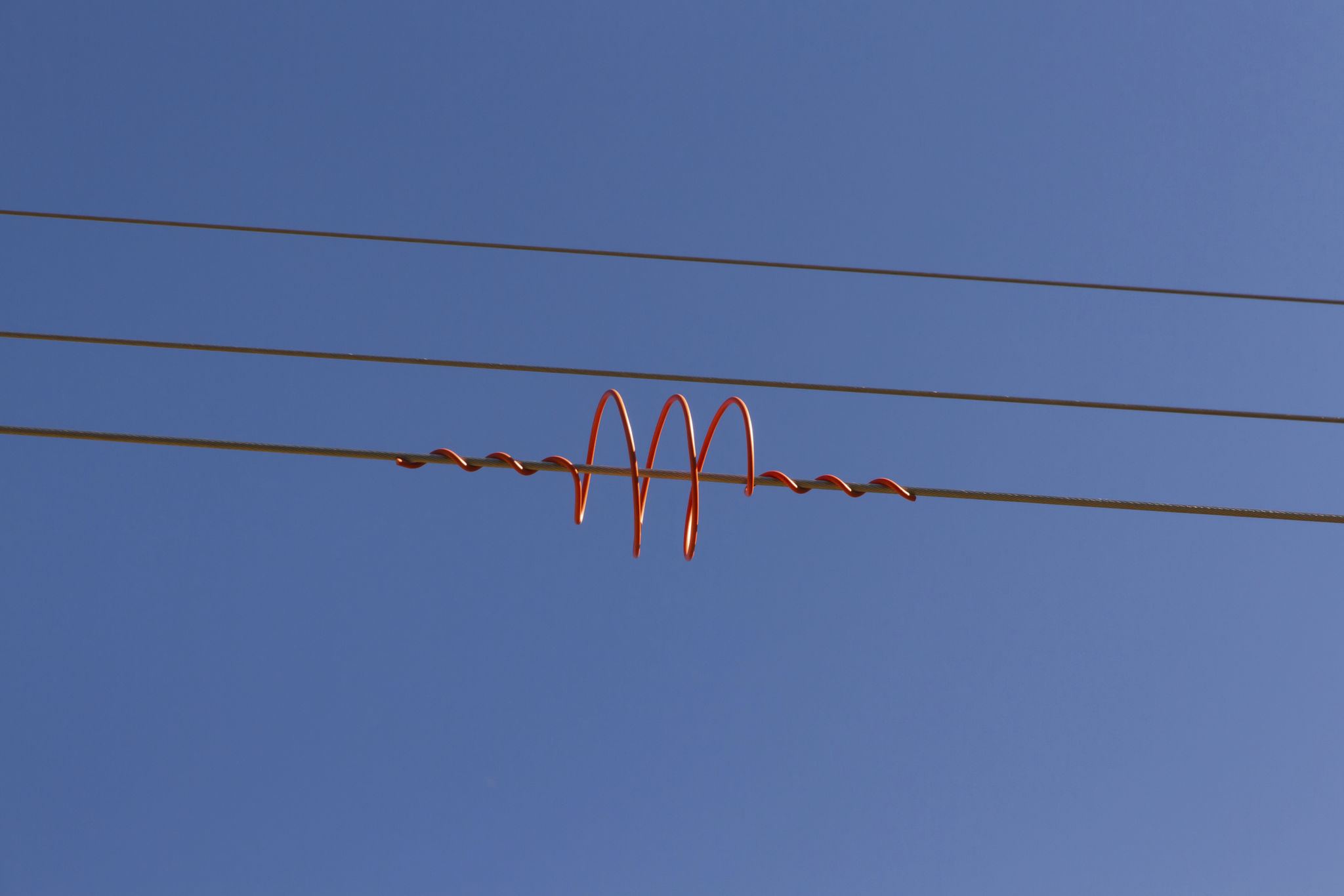How Bird Flight Diverters are Protecting Wildlife in the United States
The Importance of Bird Flight Diverters
Bird flight diverters are becoming an increasingly essential tool in the conservation toolkit, helping to protect wildlife across the United States. These simple yet effective devices are installed on power lines, communication towers, and other structures to prevent bird collisions. As the human footprint expands, these diverters are playing a crucial role in preserving avian populations.

Understanding Bird Collisions
Collisions with man-made structures have long been a threat to birds. Power lines, in particular, pose a significant hazard because they are often difficult for birds to see. Many bird species, especially larger ones like eagles and cranes, have limited maneuverability and cannot quickly change course when faced with obstacles. This leads to fatal accidents that can decimate local bird populations over time.
Bird flight diverters help mitigate this problem by making power lines more visible. These devices can be spiral-shaped, hanging rods, or reflective markers that catch the light and move with the wind. By drawing attention to the lines, they give birds ample warning to alter their flight paths safely.
The Impact on Wildlife Conservation
The use of bird flight diverters has shown promising results in various parts of the United States. Studies have demonstrated a significant reduction in avian collisions with power lines where these diverters have been installed. This not only helps preserve bird populations but also maintains ecological balance, as birds often play crucial roles in their ecosystems as pollinators and seed dispersers.

Moreover, bird flight diverters contribute to the protection of endangered species. Certain birds, like the California condor and whooping crane, are already vulnerable due to habitat loss and other factors. By minimizing collision risks, flight diverters aid in the recovery efforts of these imperiled species.
Benefits Beyond Birds
The benefits of bird flight diverters extend beyond avian protection. Reducing bird collisions also minimizes power outages caused by such incidents. This improves energy reliability and reduces maintenance costs for utility companies. Consequently, there is a strong economic incentive for the widespread adoption of these devices.
Additionally, bird flight diverters can enhance public perception of energy companies as environmentally responsible entities. This positive image is increasingly important as consumers become more environmentally conscious and demand sustainable practices from businesses.

Challenges and Future Directions
Despite their effectiveness, the implementation of bird flight diverters faces challenges. The initial cost and logistical complexities of retrofitting existing power lines can be significant. However, as technology advances and awareness grows, more efficient and cost-effective solutions are being developed.
Future efforts should focus on research and innovation to improve the design and deployment of bird flight diverters. Collaborations between conservationists, industry leaders, and policymakers are crucial to expanding their use nationwide. By continuing to invest in these protective measures, we can ensure safer skies for birds and contribute to broader wildlife conservation goals.
Conclusion
Bird flight diverters are a testament to how simple interventions can make a profound difference in wildlife conservation. By enhancing the visibility of potential hazards, these devices prevent countless bird deaths and help preserve biodiversity. As we continue to develop infrastructure, integrating such conservation tools will be key to achieving harmony between human progress and nature's needs.